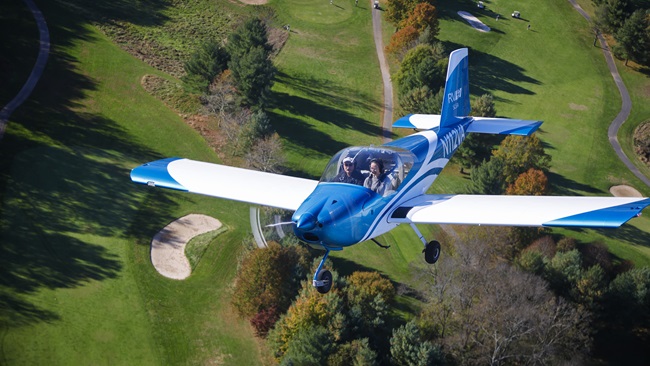Pistons prop up airplane market
An uptick in piston airplane shipments (5.6 percent) drove a modest overall increase in world airplane sales despite flat or declining results in other segments. Overall, the first half of 2017 produced another period of “mixed” results, and General Aviation Manufacturers Association President and CEO Pete Bunce expressed hope that certification reform already accomplished, along with further action in that vein by Congress, will spur increases.
The trend of recent years has been a mix of plateaus and declines, with no sign of a rebound to historical peaks. Piper Aircraft CEO Simon Caldecott, who had more to celebrate in the first two quarters of 2017 than most, called it a “new normal” market in a news release, crediting a “common sense, made to order approach” as a “key differentiator.”
Even with 57 aircraft shipped from the factory, Piper did not challenge the largest market-share holders in the piston sector: Cirrus Aircraft logged 151 deliveries in the first half of 2017 (compared to 153 in the first half of 2016), with a 6-percent increase in total billing to $120.6 million. Textron Aviation, owner of the venerable Beechcraft and Cessna airplane brands, also reported increases, though not across the board. Cessna piston airplane sales increased 51 percent in terms of aircraft delivered, but the Beechcraft piston models both saw declines: Sales of the Bonanza slid 40 percent to six aircraft delivered, and the Baron dropped by one delivery to a total of eight for the first half of the year.
Italy’s Tecnam, another major player in the piston airplane segment, slipped slightly in deliveries with 87 airplanes delivered; sales of $20.7 million for the half-year were up by 3 percent compared to the same period in 2016.
Overall, the $9 billion airplane market (GAMA now reports on helicopter sales separately) is down 17 percent when comparing the first half of 2017 to the same period in 2014, and revenue for the first two quarters combined declined 3 percent year-over-year.
HondaJet sales more than doubled as Honda Aircraft Co. ramped up production of the relative newcomer after earning a production certificate in July 2016. The 24 HondaJet deliveries in the first half of 2017 helped boost an otherwise lackluster jet market, which saw airplane deliveries increase 1 percent compared to the first half of 2016; the turboprop market was softer, declining by almost the same amount.
“We hope rule rewrites in the U.S. and Europe, reorganization of the FAA certification directorate, and ongoing certification and regulatory reform efforts in Congress, including fuller utilization of the delegation authorization, will spur higher numbers in future quarters this year and the next,” Bunce said in the GAMA press release.



